Health — operanewsapp.


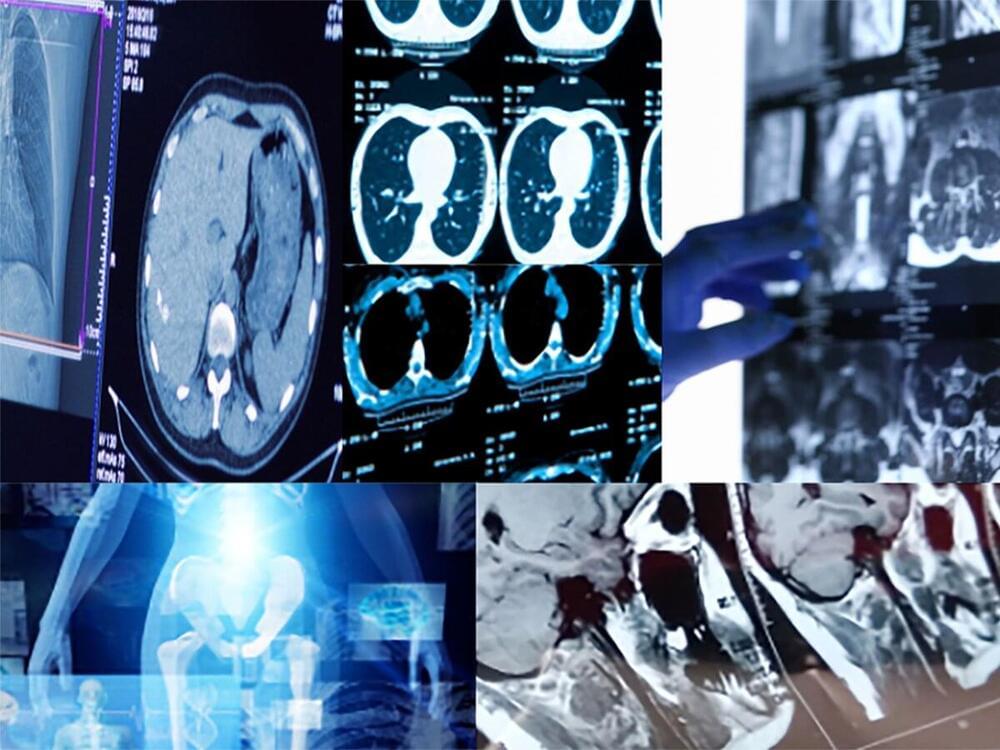
A new paper published in the Journal of Medical Internet Research describes how generative models such as DALL-E 2, a novel deep learning model for text-to-image generation, could represent a promising future tool for image generation, augmentation, and manipulation in health care. Do generative models have sufficient medical domain knowledge to provide accurate and useful results? Dr. Lisa C Adams and colleagues explore this topic in their latest viewpoint titled “What Does DALL-E 2 Know About Radiology?”
First introduced by OpenAI in April 2022, DALL-E 2 is an artificial intelligence (AI) tool that has gained popularity for generating novel photorealistic images or artwork based on textual input. DALL-E 2’s generative capabilities are powerful, as it has been trained on billions of existing text-image pairs off the internet.
To understand whether these capabilities can be transferred to the medical domain to create or augment data, researchers from Germany and the United States examined DALL-E 2’s radiological knowledge in creating and manipulating X-ray, computed tomography (CT), magnetic resonance imaging (MRI), and ultrasound images.
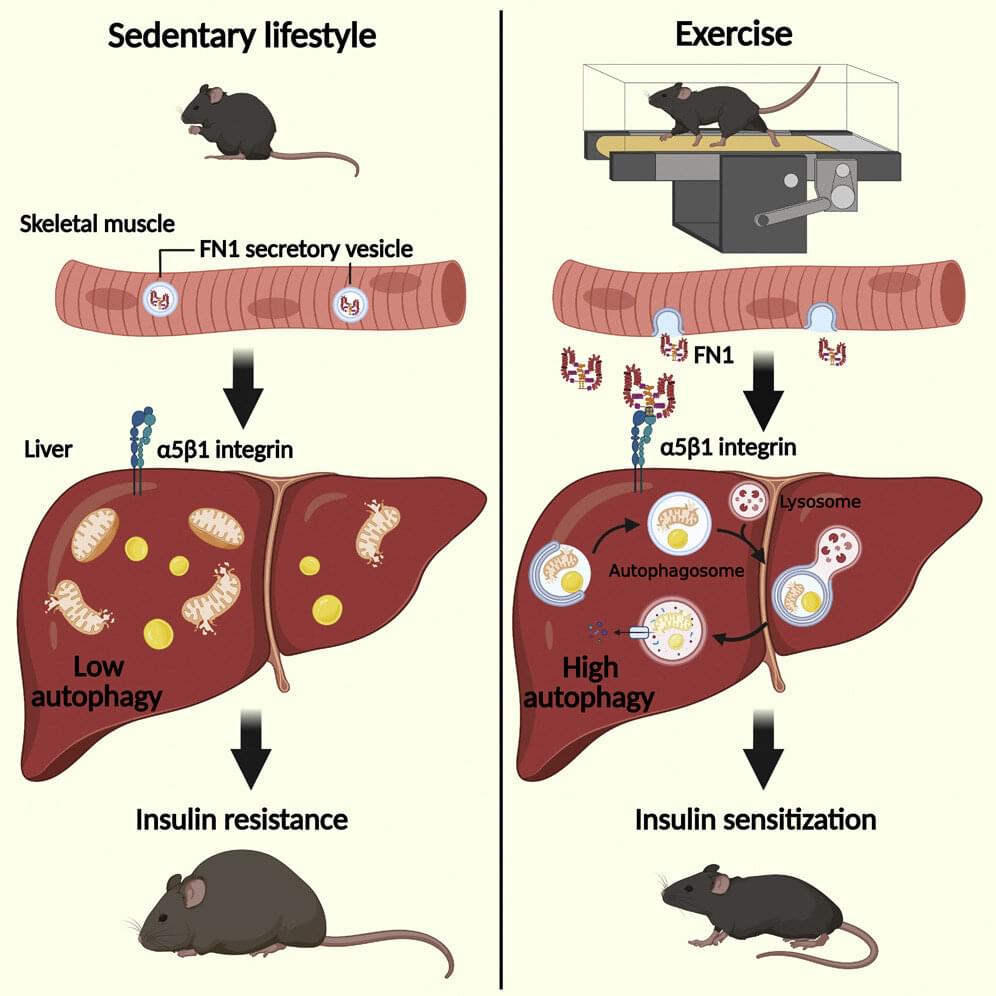
Northwestern Medicine scientists have uncovered a mechanism by which exercise activates metabolic benefits in the body, according to a new study published in Cell Metabolism.
It’s well known that exercise elicits many health benefits. However, how this is accomplished is not yet well understood. During exercise, autophagy, the body’s cellular recycling system that allows old or damaged cellular structures to be broken down, is activated in both contracting muscles and various non-contracting organs, such as the liver.
In the study, investigators performed proteomic analyses on the blood of mice before and after exercise. They identified a protein secreted from contracting muscle, FN1, which significantly increased in the plasma and serum of mice after exercise.
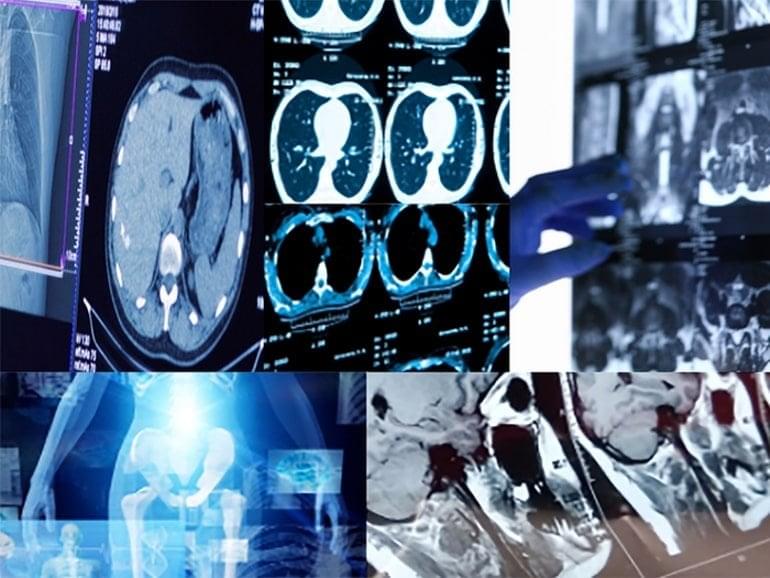
Summary: Text-to-image generation deep learning models like OpenAI’s DALL-E 2 can be a promising new tool for image augmentation, generation, and manipulation in a healthcare setting.
Source: JMIR Publications
A new paper published in the Journal of Medical Internet Research describes how generative models such as DALL-E 2, a novel deep learning model for text-to-image generation, could represent a promising future tool for image generation, augmentation, and manipulation in health care.
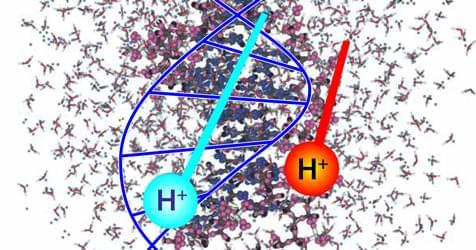
A study of the electron excitation response of DNA to proton radiation has elucidated mechanisms of damage incurred during proton radiotherapy.
Radiobiology studies on the effects of ionizing radiation on human health focus on the deoxyribonucleic acid (DNA) molecule as the primary target for deleterious outcomes. The interaction of ionizing radiation with tissue and organs can lead to localized energy deposition large enough to instigate double strand breaks in DNA, which can lead to mutations, chromosomal aberrations, and changes in gene expression. Understanding the mechanisms behind these interactions is critical for developing radiation therapies and improving radiation protection strategies. Christopher Shepard of the University of North Carolina at Chapel Hill and his colleagues now use powerful computer simulations to show exactly what part of the DNA molecule receives damaging levels of energy when exposed to charged-particle radiation (Fig. 1) [1]. Their findings could eventually help to minimize the long-term radiation effects from cancer treatments and human spaceflight.
The interaction of radiation with DNA’s electronic structure is a complex process [2, 3]. The numerical models currently used in radiobiology and clinical radiotherapy do not capture the detailed dynamics of these interactions at the atomic level. Rather, these models use geometric cross-sections to predict whether a particle of radiation, such as a photon or an ion, crossing the cell volume will transfer sufficient energy to cause a break in one or both of the DNA strands [4– 6]. The models do not describe the atomic-level interactions but simply provide the probability that some dose of radiation will cause a population of cells to lose their ability to reproduce.
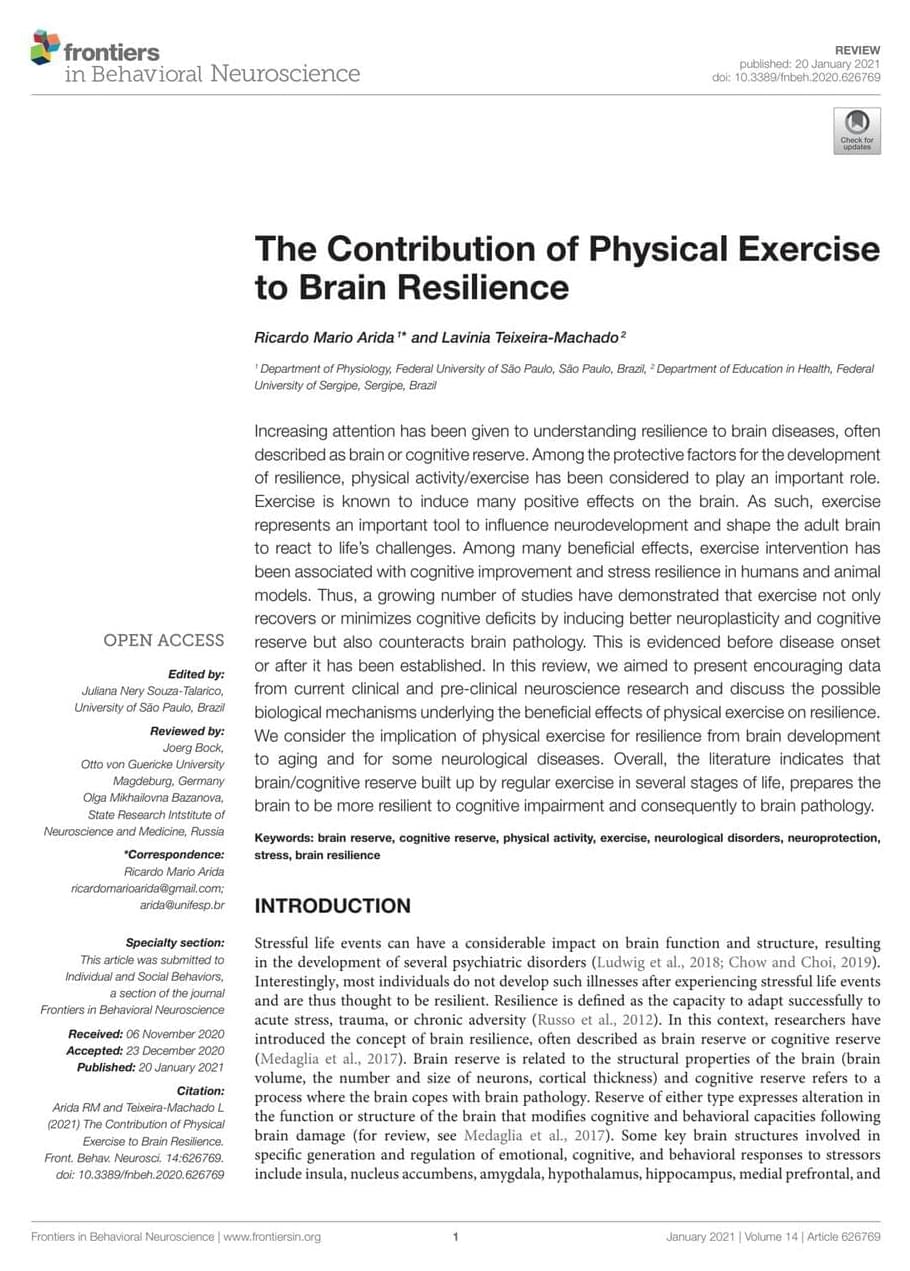
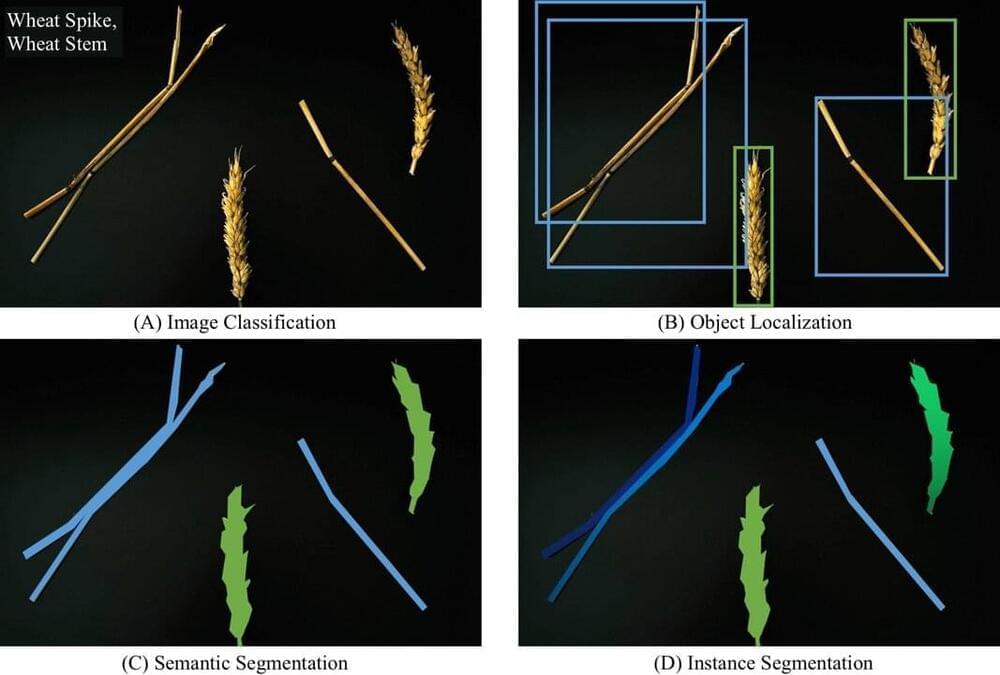
A new University of Illinois project is using advanced object recognition technology to keep toxin-contaminated wheat kernels out of the food supply and to help researchers make wheat more resistant to fusarium head blight, or scab disease, the crop’s top nemesis.
“Fusarium head blight causes a lot of economic losses in wheat, and the associated toxin, deoxynivalenol (DON), can cause issues for human and animal health. The disease has been a big deterrent for people growing wheat in the Eastern U.S. because they could grow a perfectly nice crop, and then take it to the elevator only to have it get docked or rejected. That’s been painful for people. So it’s a big priority to try to increase resistance and reduce DON risk as much as possible,” says Jessica Rutkoski, assistant professor in the Department of Crop Sciences, part of the College of Agricultural, Consumer and Environmental Sciences (ACES) at Illinois. Rutkoski is a co-author on the new paper in the Plant Phenome Journal.
Increasing resistance to any crop disease traditionally means growing a lot of genotypes of the crop, infecting them with the disease, and looking for symptoms. The process, known in plant breeding as phenotyping, is successful when it identifies resistant genotypes that don’t develop symptoms, or less severe symptoms. When that happens, researchers try to identify the genes related to disease resistance and then put those genes in high-performing hybrids of the crop.

Google announced a new open source program called Open Health Stack for developers to build health-related apps. These tools, unveiled at the company’s “The Check Up” special event this week, include a Software Developer Kit (SDK) for Android and design guidelines for health apps.
The search giant said that the stack is centered around the Fast Healthcare Interoperability Standards (FHIR) standards. This makes it easier for developers to capture the information and healthcare workers to access that. FHIR has been adopted by a lot of major electronic health record (EHR) providers.
The Open Health Stack gives developers access to Android FHIR SDK to build secure apps that can also work offline; a design guide to help developers make data capture easy; and FHIR Analytics to derive insights complex structure of the framework and FHIR Info Gateway to assign role-based access of data to various stakeholders. The last two components are available under early access, and Google is developing more features within both.
One Health Approaches To Prevent Zoonoses & Antimicrobial Resistance — Dr. Keith Sumption, Ph.D. — Chief Veterinary Officer and Leader of the Animal Health Program; Director, Joint Centre for Zoonoses and Anti-Microbial Resistance (CJWZ), Food and Agriculture Organization of the United Nations (FAO)
Dr. Keith Sumption, Ph.D. is Chief Veterinary Officer and Leader of the Animal Health Program at the Food and Agriculture Organization of the United Nations (FAO — https://www.fao.org/home/en) as well as their Director of the Joint Centre for Zoonoses and Anti-Microbial Resistance (CJWZ).
The Food and Agriculture Organization of the United Nations is an international organization that leads international efforts to defeat hunger and improve nutrition and food security. The FAO comprises 195 members and helps governments and development agencies coordinate their activities to improve and develop agriculture, forestry, fisheries, and land and water resources. It also conducts research, provides technical assistance to projects, operates educational and training programs, and collects agricultural output, production, and development data.
Dr. Sumption has worked on disease ecology at the interaction of wildlife, domestic and the environment for more than 30 years.
Dr. Sumption holds a Doctor of Philosophy (PhD) from the University of Reading, gained following 3 years of field and molecular epidemiology research upon African Swine Fever in southern Africa, and veterinary medicine (Vet. MB) and Natural Sciences degrees from the University of Cambridge in the United Kingdom.
Driving Toward the Elimination of Cancer — Joel Greshock — VP, Oncology, Data Science & Digital Health, Janssen Pharmaceutical Companies of Johnson & Johnson.
Joel Greshock is VP, Oncology, Data Science & Digital Health, Janssen Research & Development (https://www.janssen.com/oncology/leadership-team). In this position, he is responsible for creating unique and actionable medical insights using large and increasingly available datasets. The focus of this research includes discovering novel therapeutic targets, identifying areas of unmet medical need, and enhancing clinical trial recruitment and execution.
Prior to joining Janssen R&D, Joel served as Vice President of Bioinformatics at Neon Therapeutics, Inc., where he built and managed the Data Sciences organization. At Neon, he was responsible for the design and deployment of personalized cancer therapies now under clinical evaluation.
Prior to joining Neon, Joel served as Head of Oncology Translational Informatics for Novartis, where he was responsible for the correlation of patient outcomes with molecular biomarkers, identification of mechanisms of clinical resistance and computational research for assets approaching or being evaluated in early phases of development.
Before joining Novartis, Joel assumed numerous roles for GlaxoSmithKline Oncology, which included Head of Bioinformatics. Earlier in his career, Joel was a Data Analyst at Abramson Family Cancer Research Institute at the University of Pennsylvania, where he built early generation microarray platforms and developed widely used predictive models for cancer predisposition mutations.